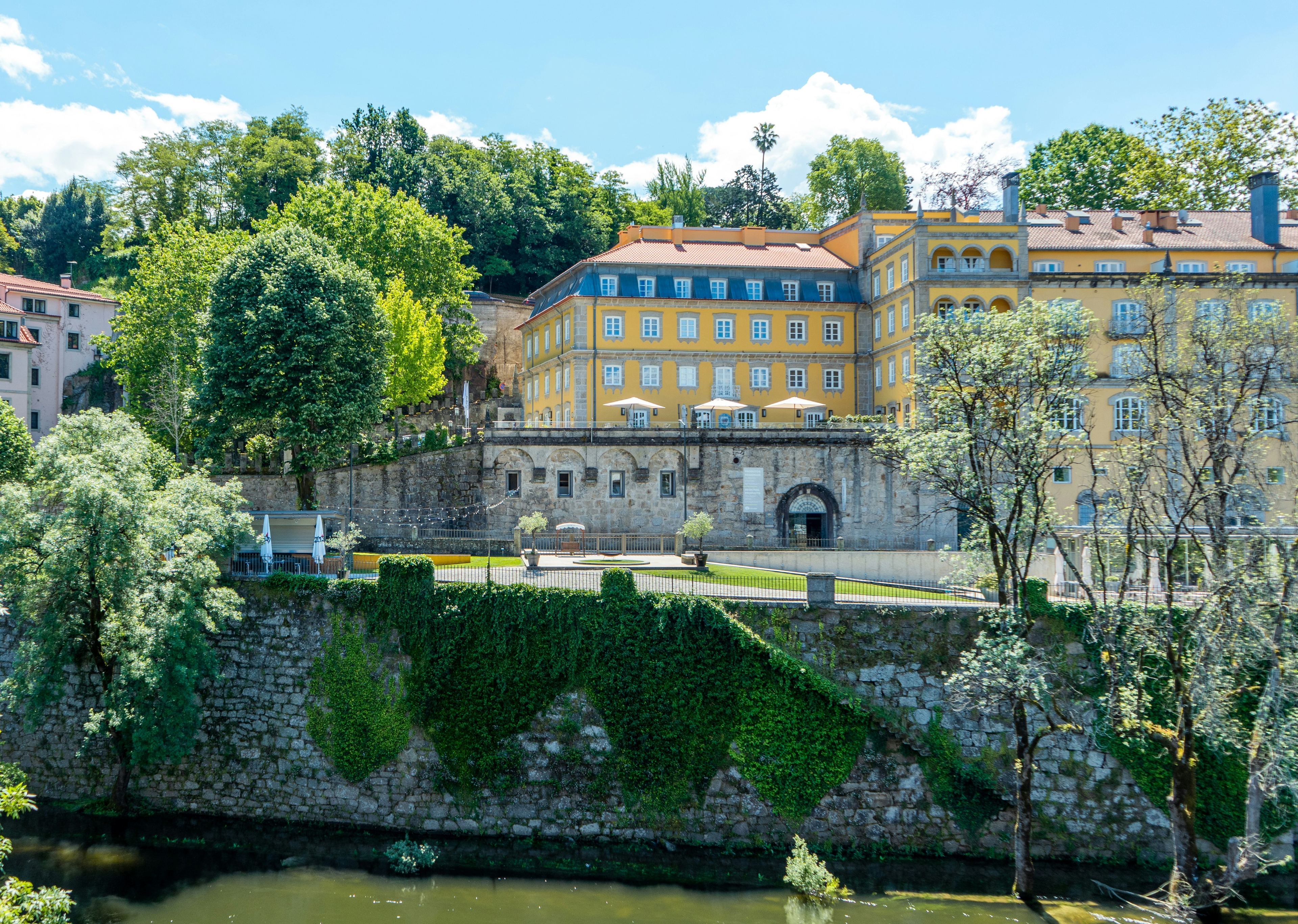
Amarante, the discreet charm of Northern Portugal
Amarante, cidade histórica do Minho, com cultura, gastronomia, lazer e praias fluviais. Uma escapadela perfeita desde o Porto.
Amarante is a picturesque town nestled in the heart of the Minho region, between the lush hills of the Serra do Marão and the peaceful banks of the Tâmega River. It captivates visitors with its authenticity, rich history, and relaxed way of life. Just 56 km from Porto, it offers an ideal escape for those seeking to step off the beaten path while staying close to major cities.
A brief history to understand Amarante
Founded in the 4th century BC as “Turdetanos”, Amarante flourished under the Roman Empire. Its medieval fame is largely due to Saint Gonçalo of Amarante, a 13th-century priest whose cult is still celebrated today, so much so that a local pastry bears his name ! The town also played a strategic role during the Napoleonic Wars, most notably in 1809 when locals heroically resisted French troops.
What to see and do in Amarante ?
São Gonçalo Bridge
This magnificent 18th-century stone bridge is a symbol of the town, connecting the two banks of the Tâmega and offering stunning views of the historic centre.
Church of São Gonçalo
A baroque church housing the tomb of the local saint, an important pilgrimage site.
Amadeo de Souza Cardoso Museum
Housed in a former convent, this museum showcases modern and contemporary art, highlighting the work of the famous local artist.
Riverside walks along the Tâmega
The riverbanks have been redeveloped with scenic walking trails, such as the Azenhas trail, perfect for immersing yourself in nature and enjoying a peaceful stroll.
São Gonçalo Festival
Held every June, this vibrant celebration features processions, concerts, and fireworks, attracting visitors from across the country.
Leisure and activities in Amarante
Amarante offers much more than history and gastronomy. The Tâmega River boasts pleasant riverside beaches, perfect for a refreshing swim in summer or a family picnic (Fridão, Amarante, and Mancelos are popular spots). Nature and hiking enthusiasts can explore the surrounding hills and the Parque Natural do Alvão, with its panoramic trails, lush landscapes, and occasional wildlife such as chickens and ducks.
For adventure seekers, canoeing or kayaking on the Tâmega provides a unique perspective of the town and its surroundings. Cycling routes, hiking trails, and relaxed riverside walks offer a perfect way to discover the discreet charm of Minho. For quieter family moments, the Amarante Riverside Park features green spaces, playgrounds, and relaxation areas, ideal after exploring the historic centre.
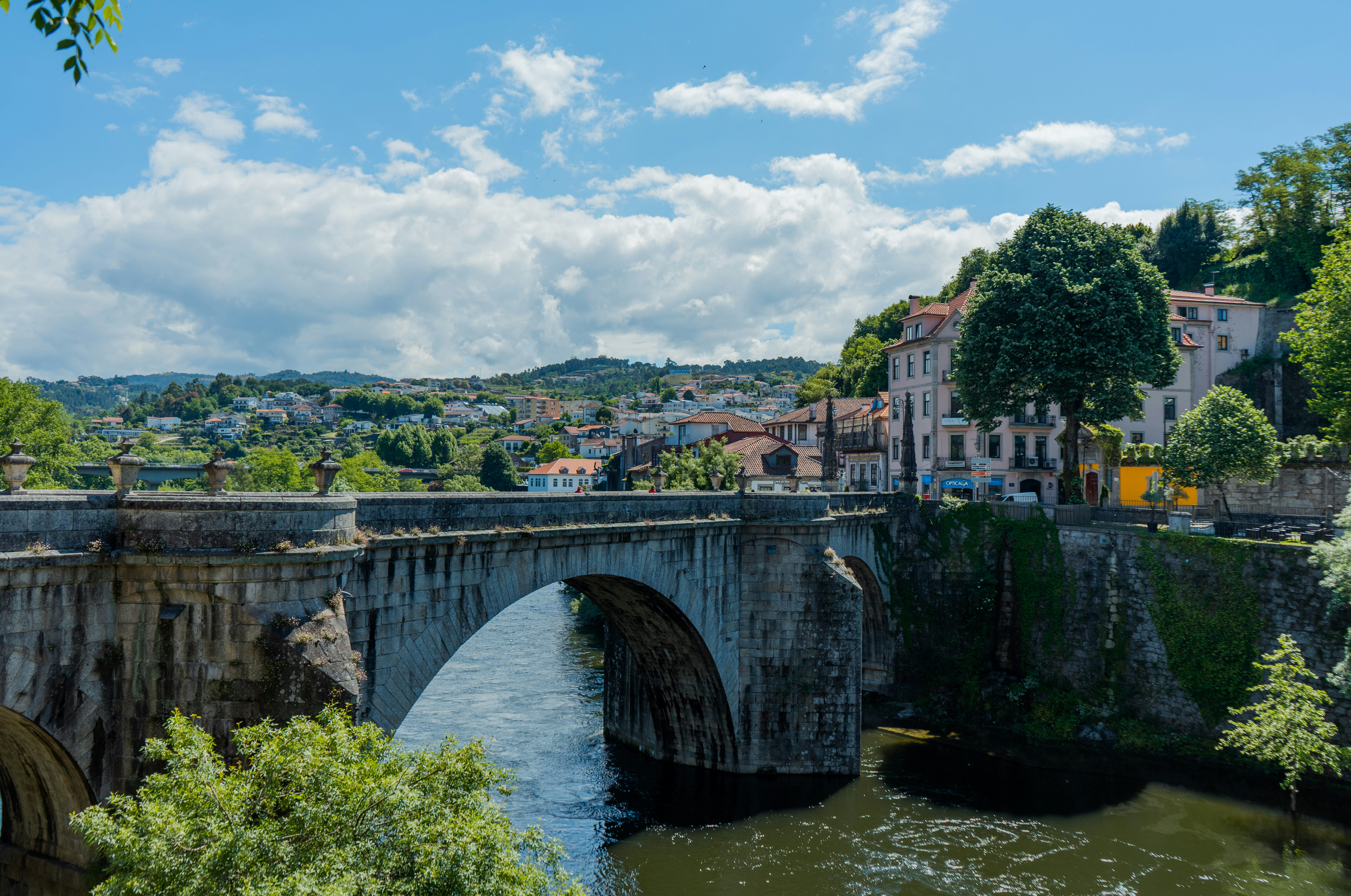
©kelly-cristine-2unsplash
Gastronomy and local traditions
Amarante is renowned for its pastries, especially the bolo de noiva, a traditional wedding cake made with egg whites, almonds, and a hint of orange blossom. Visitors can also enjoy local dishes such as bacalhau à Amarantina (cod prepared in the regional style) and vinho verde produced in the area.
One of Amarante’s most iconic treats is “São Gonçalo’s Couillões” ! These traditional pastries, shaped phallically as their name suggests, are linked to Saint Gonçalo, the patron saint of love and marriage. Made primarily from almonds, sugar, and eggs, they are especially popular during local festivals, symbolising love, fertility, and centuries-old traditions, a unique culinary and cultural experience not to be missed.
Practical information
Getting there : Amarante is accessible by car from Porto in under an hour.
Accommodation : options range from charming hotels to traditional guesthouses. Summer availability is limited, so booking in advance is recommended.
Best time to visit : spring and autumn offer mild weather and picturesque landscapes, as well as festive celebrations.
Amarante today
Amarante perfectly combines heritage preservation with sustainable development. Recognised by UNESCO for its musical tradition, it is the birthplace of the viola amarantina, a traditional string instrument. The town also attracts a growing community of expatriates, drawn to its peaceful setting and more affordable cost of living compared to larger cities.
Share this article
Suggested articles
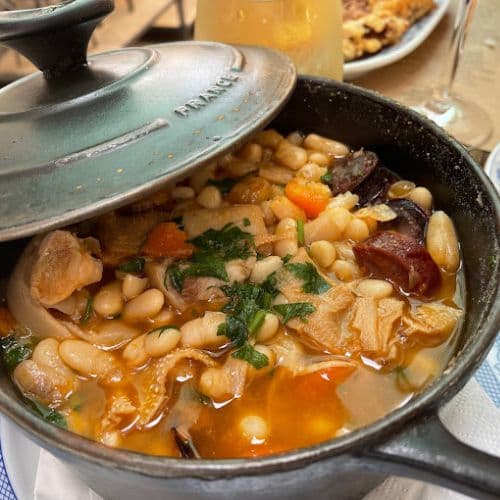
Gastronomy of Northern Portugal, Between Tripe, Stews and Tradition
Northern Portugal is a region where gastronomy tells the story of a people proud of their roots and traditions. From slow-cooked tripe to hearty stews (it might sound unusual, but it’s absolutely delicious !), each dish invites you to explore a rich and warm culture. Prepare for a culinary journey through Minho, Douro and Trás-os-Montes !

Hiking in Peneda-Gerês National Park
Nestled between the mountains of the Serra da Peneda and Serra do Gerês lies Peneda-Gerês National Park, the only national park in northern Portugal! Recognised as a UNESCO Biosphere Reserve, it represents a model of nature conservation combined with sustainable development.
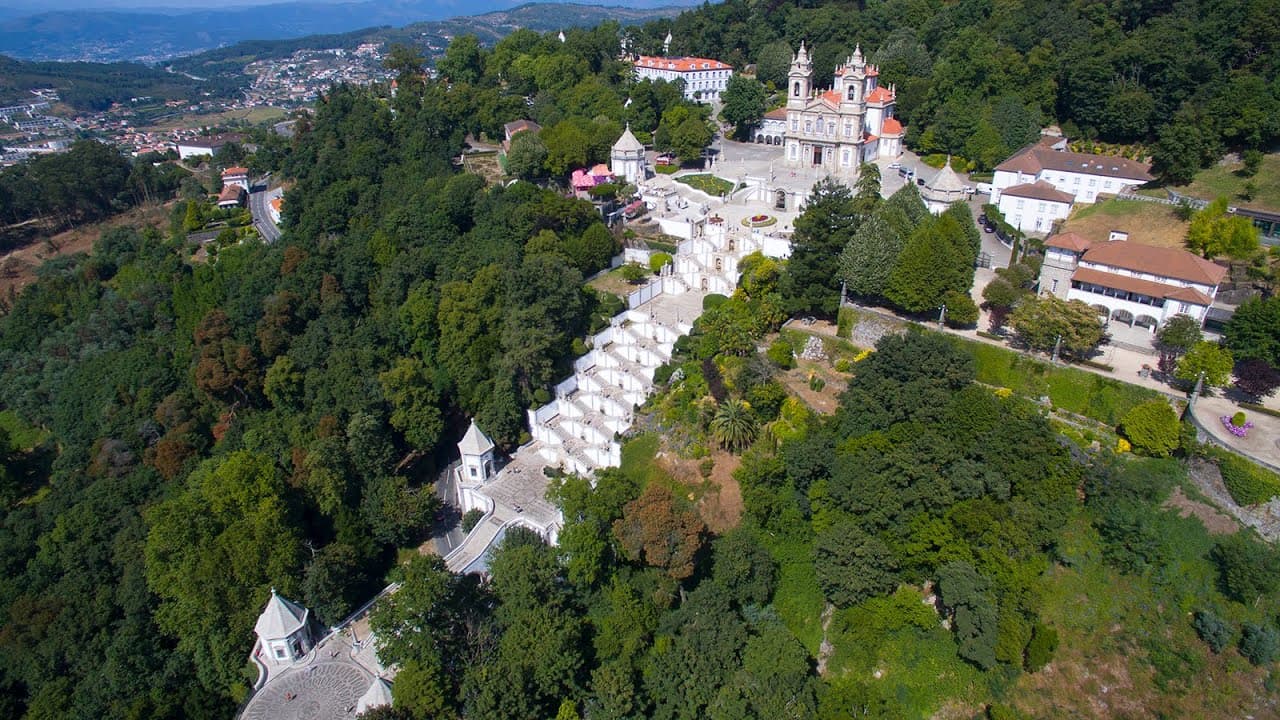
Sanctuary of Bom Jesus do Monte
Perched high above Braga, in the parish of Tenões, the Sanctuary of Bom Jesus do Monte is a place where devotion, spectacular architecture, and breathtaking views come together! This iconic site of northern Portugal has been recognised as a UNESCO World Heritage site since 2019. We’ll guide you through all the practical details, local anecdotes, and insider tips to make the most of your visit.
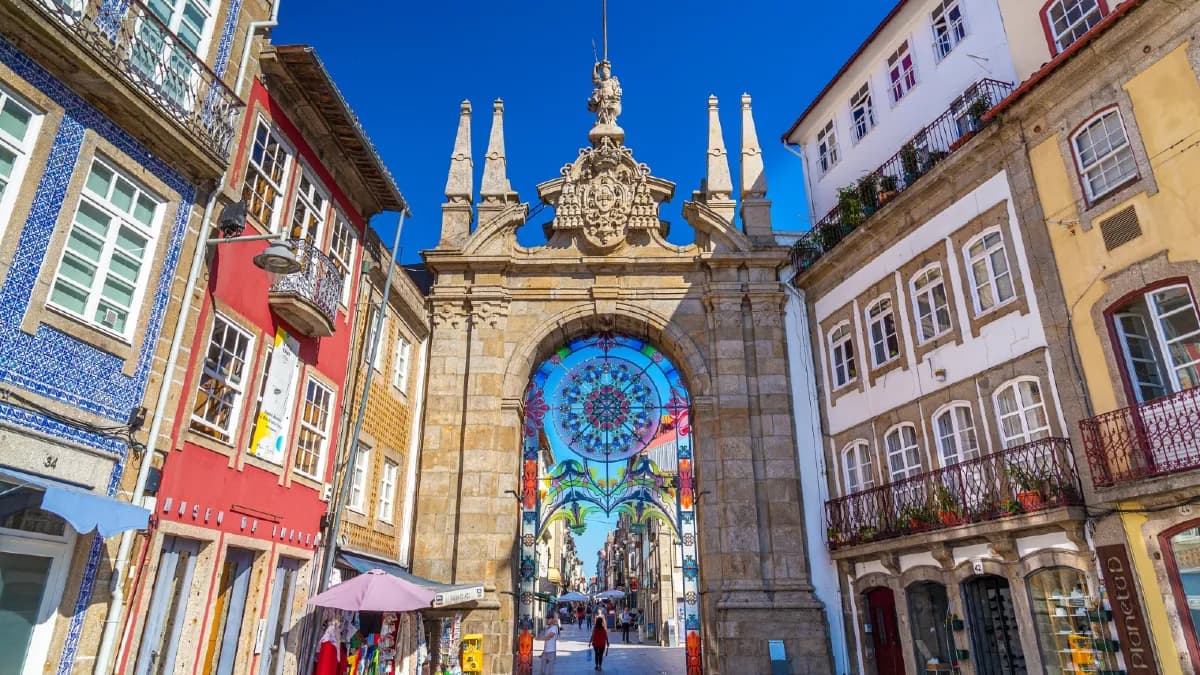
Braga, City of Archbishops
In the heart of the Minho region, nestled between green hills and cobbled streets, lies Braga, a city where history and modernity meet harmoniously. Indeed, nicknamed the “Rome of Portugal”, Braga is the seat of the Portuguese Catholic Church and one of the oldest cities in the country! It is also a European Capital of Culture, a title highlighting its exceptional cultural dynamism.
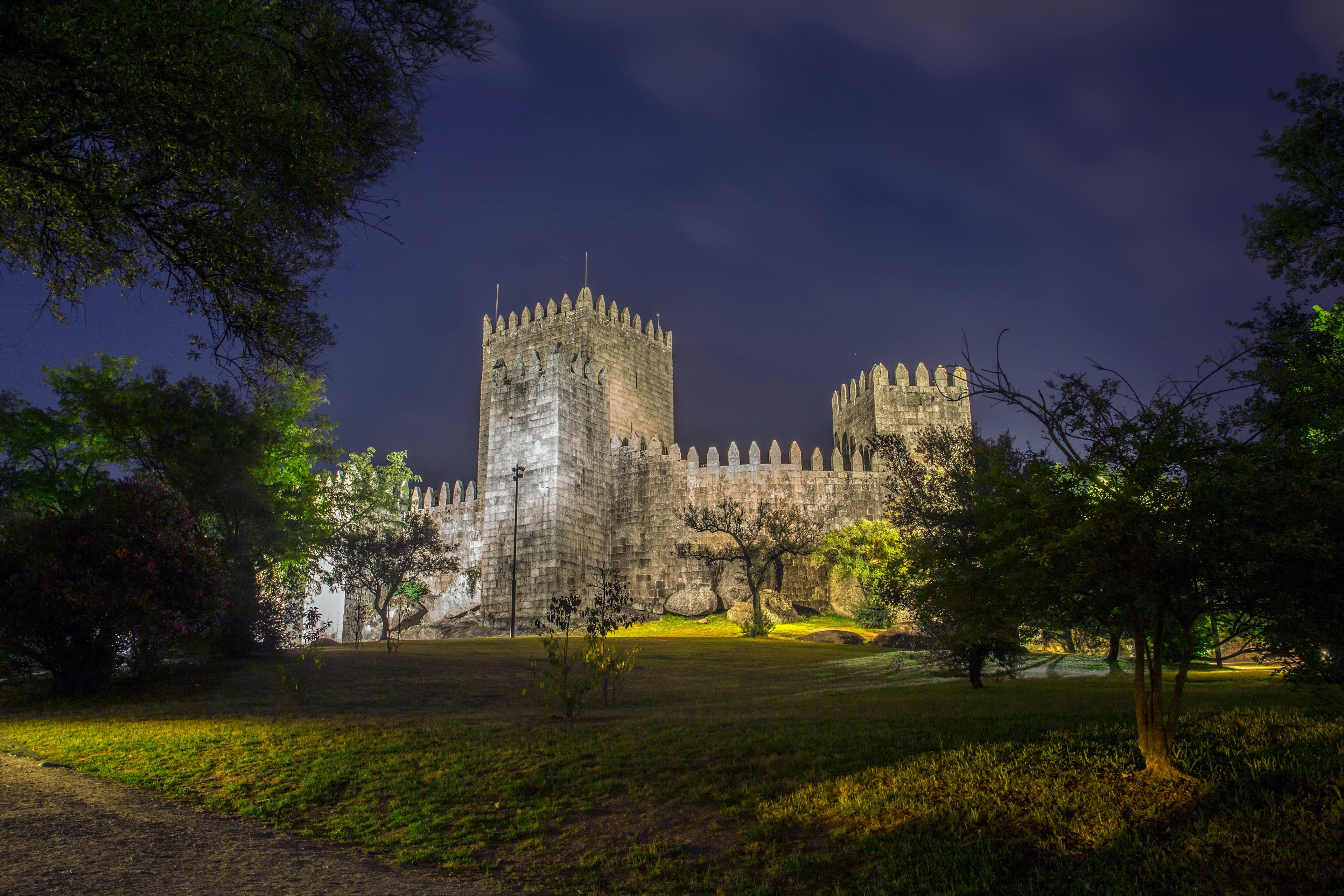
Guimarães, Cradle of Portugal
In northern Portugal, nestled among green hills and picturesque valleys, lies a city steeped in history: Guimarães. Often referred to as the “cradle of Portugal,” it is renowned for its central role in the country’s founding and its exceptional medieval heritage. Guimarães attracts travellers interested in culture, gastronomy, and authentic charm.
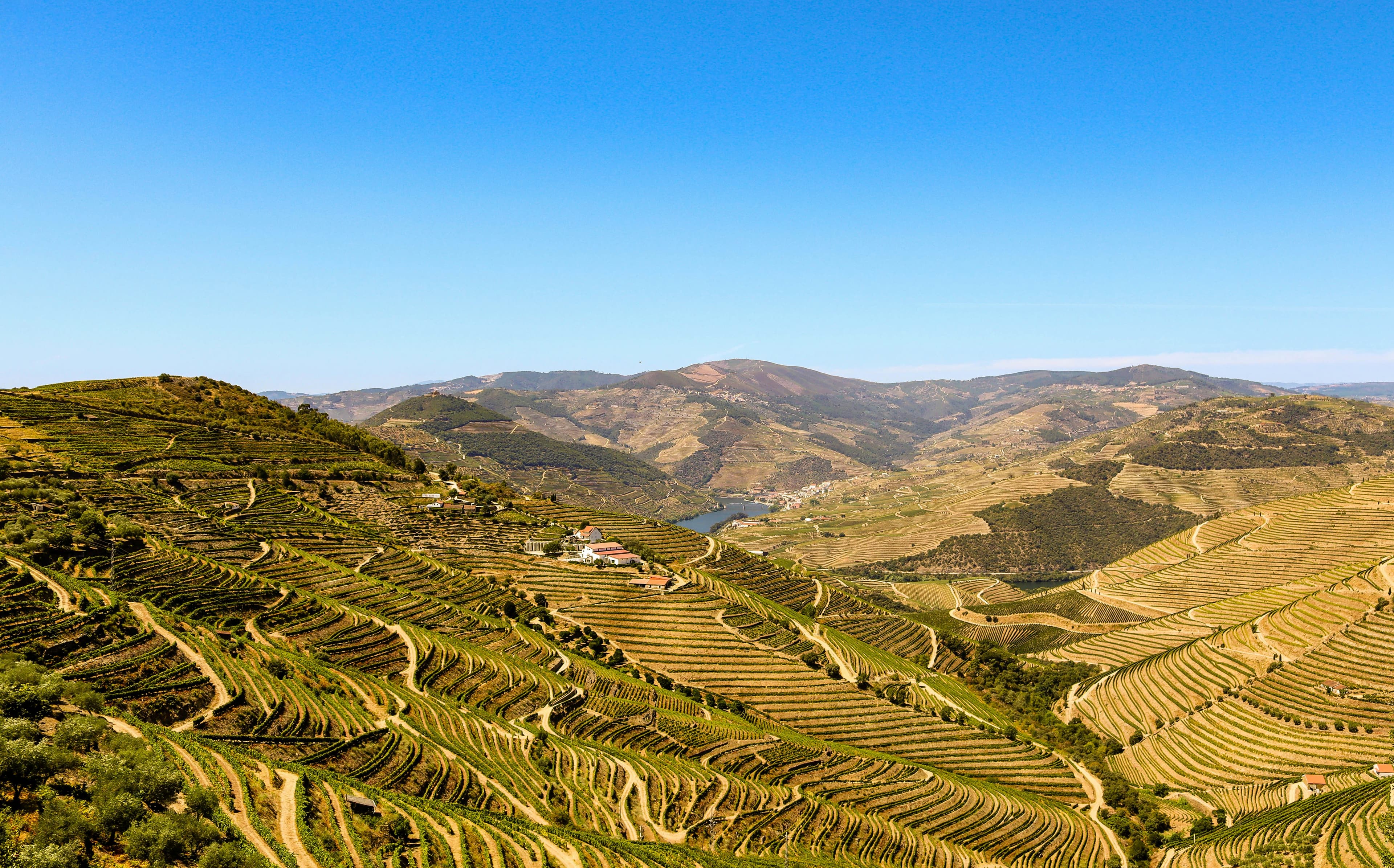
Douro Valley, UNESCO-listed Landscapes
In northern Portugal, between rolling hills, terraced vineyards, and picturesque villages, stretches the famous and majestic Douro Valley! Listed as a UNESCO World Heritage Site since 2001, this region is far more than a postcard-perfect setting: it is a true sensory journey, combining history, gastronomy, culture, and landscapes of exceptional beauty…


